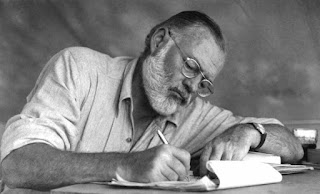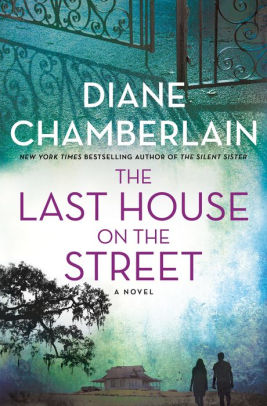In my childhood home, the family television stood in the living room. A thick box on four spindly legs, our tv offered us the choice of three networks. In the living room, Mom had her chair, and Dad had his. I had my choice to either flop on the sofa or spread out on the carpeted floor. I usually chose the couch.
I don't remember many of the major news events of the 1960s. Those were my single-digit years and I had more important things to worry about than the war in Vietnam or peace protests. What exactly most of those things were, I can't recall. I'm sure they involved elaborate plans composed along with Tim and Chuck and the rest of the guys whose houses stretched up Cloudas Avenue.
I have the barest memory of the 1968 Democratic National Convention. I recall few of the details, but all three networks covered the convention. Their focus on Chicago meant that there was nothing worth watching for seven-year-old me. I missed the protests and the chaos. Hubert Humphrey, the sitting vice-president. The presumptive Democratic Party nominee had been born in Huron, South Dakota. Many around Sioux Falls wanted the local boy to make good. Not me. I backed Richard Nixon, the Republican candidate. The reasoning was simple. My nine-year-old cousin Steve supported Nixon, and Steve was my polestar.
This little memory came back to me as I considered submitting a story in response to Michael Bracken's call for submissions to Groovy Gumshoes, an anthology of private eye short stories set in the 1960s. Other possibilities spun around in my head. I thought about a Woodstock-based story. Woodstock seemed the quintessential 1960s moment. I rejected the idea. As I was sitting down with fingers on the keyboard, a story of Michael's ran in Alfred Hitchcock Mystery Magazine. He'd set his tale at Woodstock. It seemed to me that my story would be competing against not only every other submission but also the editor's already formed image of how the ideal Woodstock story should read and feel.
The other reason I stayed away from Woodstock had to do with a bagpipe lesson.
My elder son plays the bagpipes. When you're a high school bagpipe competitor around here, the enemy is always St. Thomas Episcopal School in Houston. They have an elaborate Scottish arts program and can overwhelm any contest in which they appear. Like Bob, my son's Glaswegian bagpipe teacher said, "on your best day you can beat any of them, but there is always another one coming over the hill." (It sounds better if you say it with a thick brogue.)
Woodstock as a topic felt too center of the plate. I imagined another story always coming over the hill. Number theory suggested that every similar submission reduced the likelihood that my story would get accepted. I abandoned any further thought about Woodstock and sought a tale from the margins, a place fewer people might choose to go.
I returned to my little memory and began typing. "Case #5 From the files of the Mood Dog Detective Agency" emerged. The story came together quickly and I got it off to Michael well ahead of the deadline.
My bagpiping theory of numbers arose again shortly after I hit "send." Netflix released The Trial of the Chicago 7. I couldn't turn on my television without a promo for the movie. An optimist might have seen the brilliant opportunity, an important historical event filling the air just as the editor read my submission. I, however, chose the negative and fretted over all the submissions covering the topic inspired by watching the Netflix film. They'd all be streaming into Michael's inbox.
I'd submitted my story. I could do nothing but sit on my hands and wait. At least I had a movie I needed to watch.
I'm honored that Michael chose to include Case #5 in the recently released Groovy Gumshoes anthology. I hope that you like it. Do the same sorts of doubts and questions plague your thought process when you sit down to write?
(On the day this posts, I'll be untangling my life following my return from Malice Domestic. I hope we've had the chance to meet in person.)
Until next time.


.jpg)





























